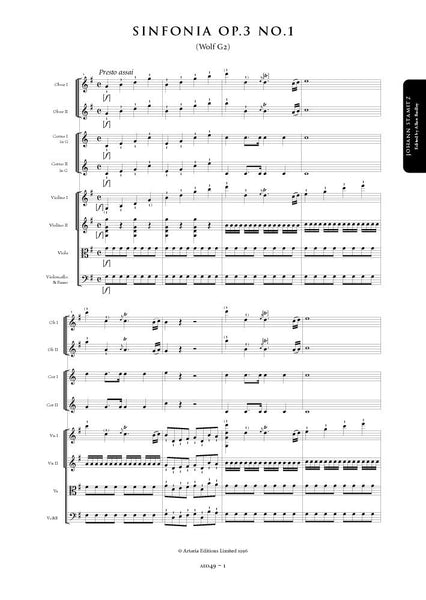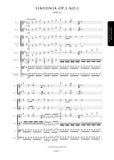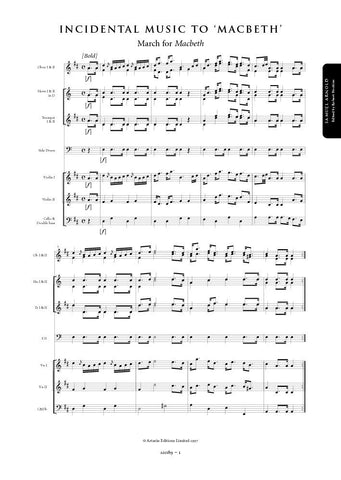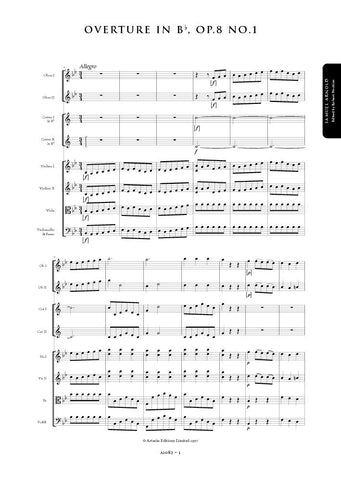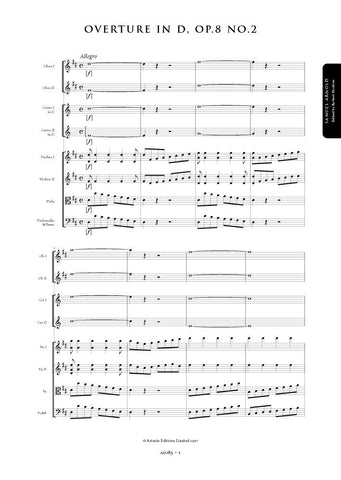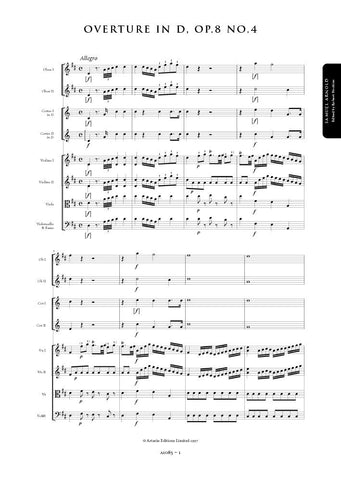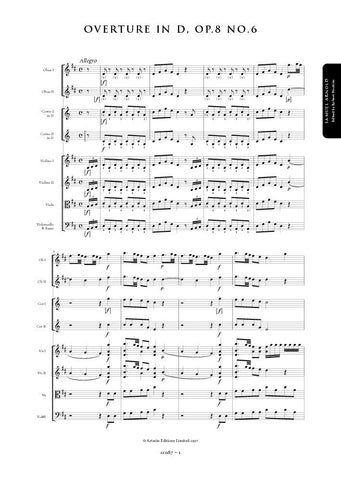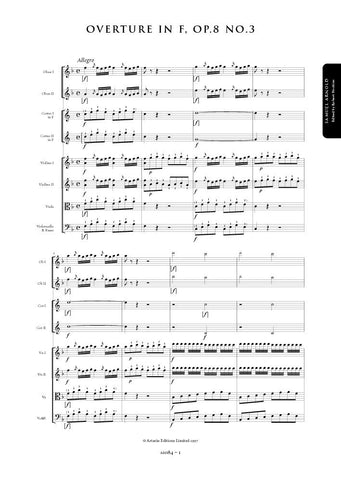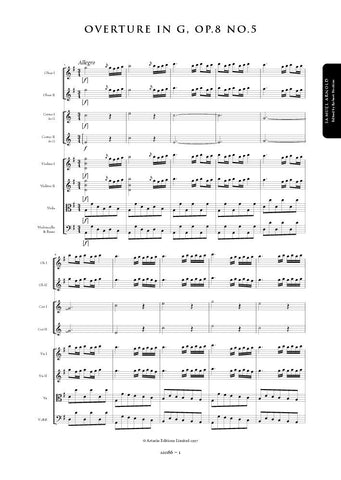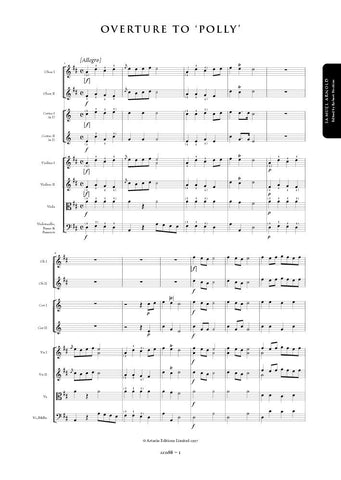Stamitz, Johann: Symphony in G major, Op. 3, No. 1 (AE049) – sheet music
Previous Product Next Product
Description |
Stamitz, Johann (1717-1757)
|
||||||||||||||||||
Details |
The six symphonies published in Paris in 1757 as Opus 3 were not conceived as a set and indeed appear to have been composed over a period of up to nine years. It is not known whether Stamitz was responsible for selecting the works to be published or whether, in the timehonoured fashion of music publishing in Paris, the works were issued without the composer's knowledge or consent. The title page of the Huberty print reads: "SIX / SYMPHONIES / Quatre parties obliges, / avec les Cors de Chasses / Ad libitum. / Composes / PAR MR STAMITZ. / OEuvre IIIe [sic]..." According to Wolf, the present work, which appears as the first of the set, dates from the years 1751-1754 and was, therefore, probably composed before Stamitz's trip to the French capital. This edition is based on a set of contemporary manuscript parts preserved in the Frst Thurn und Taxis Hofbibliothek in Regensburg (J. Stamitz 3). The principal differences between this source and the Huberty print consist of the addition of a pair of oboes to the orchestral forces and the inclusion of a Minuet and Trio movement. The title page reads: "Sinphonia Toni G / per il / Violino Primo / Violino Secondo / Flauto Oboe Primo / Flauto Oboe Secondo / Corno Primo / Corno Secondo / Alto Viola / e / Basso / Del Sigr. Stamitz". Another copy of the symphony, formerly belonging to Episcopal Hofkapelle in Fulda and now preserved in the Library of Congress in Washington, also substitutes flutes for oboes on the title page. In the absence of the autograph score or an authentic set of parts, the edition presents as faithfully as possible the intentions of the composer as transmitted in the Regensburg source. The notation of articulation and dynamic markings has been standardized, and, where missing from the source, reconstructed from parallel passages. These are indicated by the use of dotted slurs or brackets where appropriate. Like most eighteenth-century sources, the present manuscript is very inconsistent in its notation of appoggiature; these have also been standardized to minimize confusion. Obvious wrong notes have been silently corrected; otherwise, any editorial emendation with no authority from the source is placed within brackets. Allan Badley |
||||||||||||||||||
Audio sample |
|||||||||||||||||||
Score Preview (best viewed in full screen mode) |
|||||||||||||||||||




